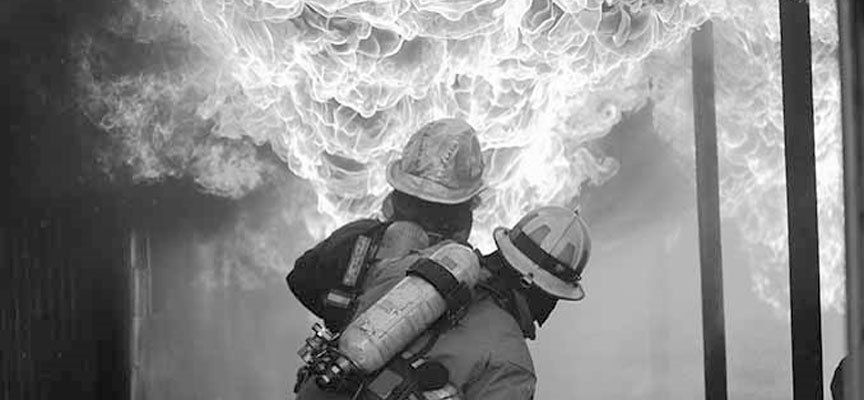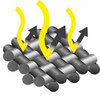Heat Responsive Fabrics


Background
Arville have developed a range of high performance textiles which adapt to high temperatures to insulate from radiant heat and flame hazards whilst also offering the wearer comfort, ease of movement and inherent moisture management chanracteristics
Application
Personal Protective Equipment (PPE) such as firefighters uniforms are an essential ‘front-line’ piece of clothing which is directly responsible for prevention of harm and preservation of life in extremely hazardous situations
Problem
More traditional fabrics which provide high levels of protection from radiant heat and flame hazards can be bulky and restrict wearer movement. Weight of fabric is an issue for firefighters as the heavier the protective clothing, the more quickly they will tire – effectively shortening their operational time. Issues with moisture management inside PPE clothing can also present potentially life-threatening hazards in high-temperature environments

Project Brief
The key requirements in this development project were:-
- To engineer a woven textile which provides high levels of protection from radiant heat and flame hazards
- To create a tough, durable and lightweight fabric which provides the wearer with adequate levels of comfort and ease of movement
- To integrate inherent moisture management characteristics within the fabric
- The fabrics must comply with international standards EN469 and AS/NZ4967

Development
We designed and developed both an inner lining fabric and an outer shell fabric which complement each other but can also be used independently depending on the application
Process
The use of a high performance Nomex fibre allowed us to weave a bespoke textile which inherently reacts under exposure to high temperatures, swelling to close up the gaps within the weave construction of the fabric. This action forms an insulation layer which acts to block the passage of radiant heat, giving maximum protection in demanding and hostile working conditions
Its lightweight construction is designed to offer the wearer both comfort and ease of movement
Outcome
The inner lining fabric has an open weave which allows air and moisture to pass through, regulating temperature for the wearer
As a multi-layer weave construction, the fibres of the inside contact surface are capable of absorbing and wicking moisture away from the wearer to help reduce the risk of harm from scalding in extreme heat environments
The outer shell fabric is engineered to form a tough, durable barrier against heat, flame, fuel, chemical splashes and water
 |
Regulates temperature and moisture levels for optimum comfort |
 |
Fibres adapt to high temperature by closing the weave structure to insulate from radiant heat |
Problem → Assess → Design → Technical Solution → Trial → Full Scale Production
Previous Article Next Article



